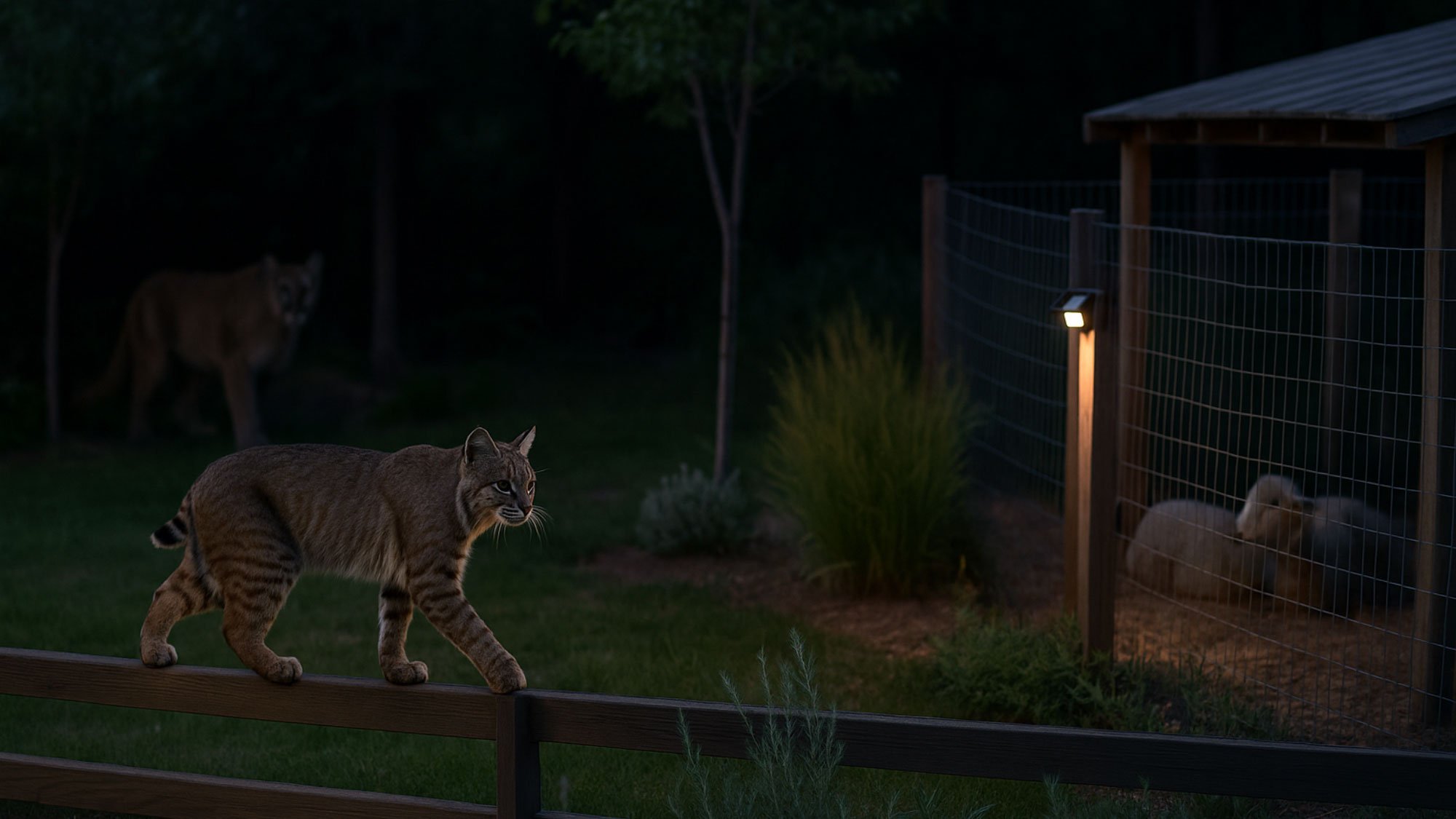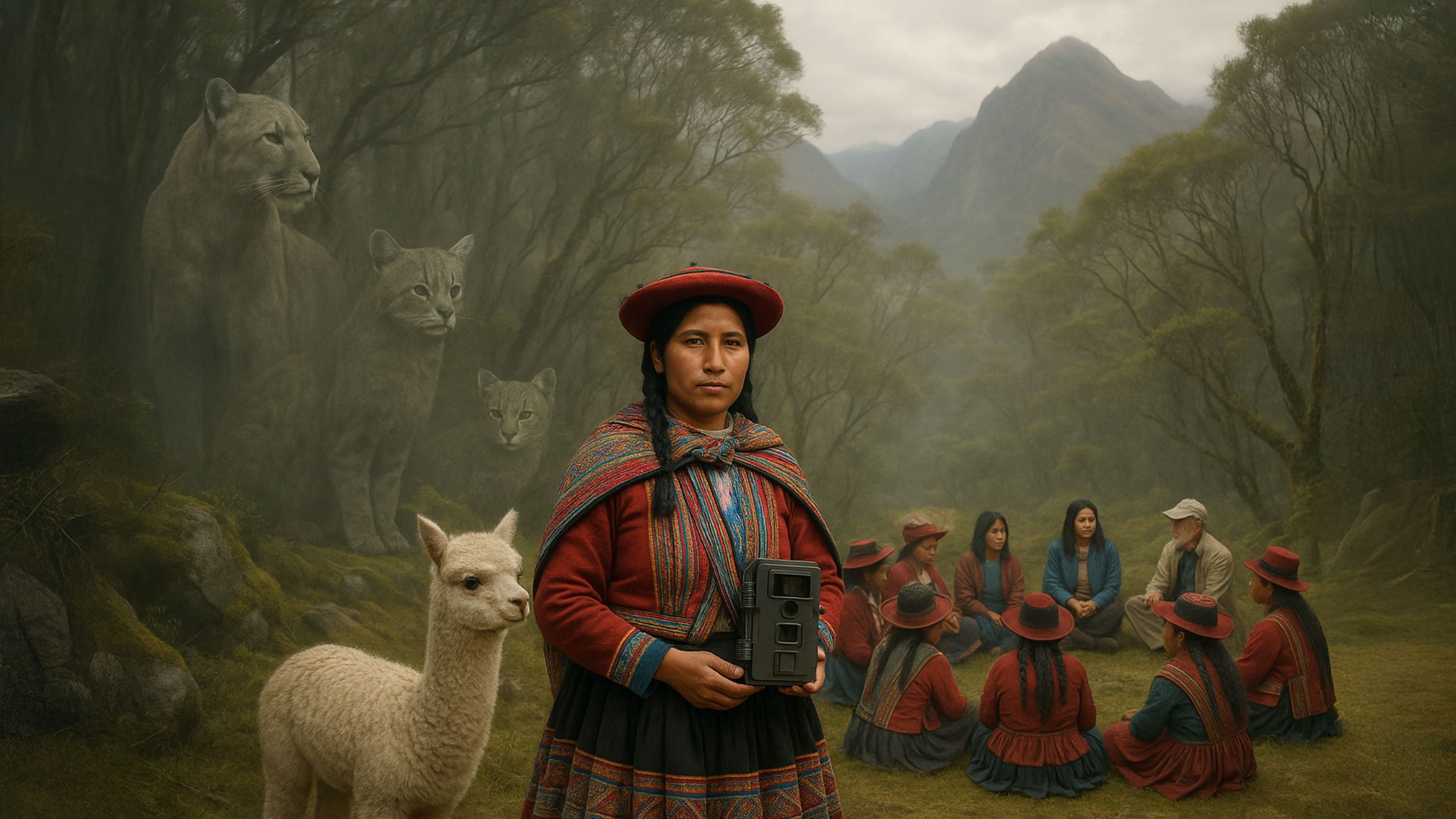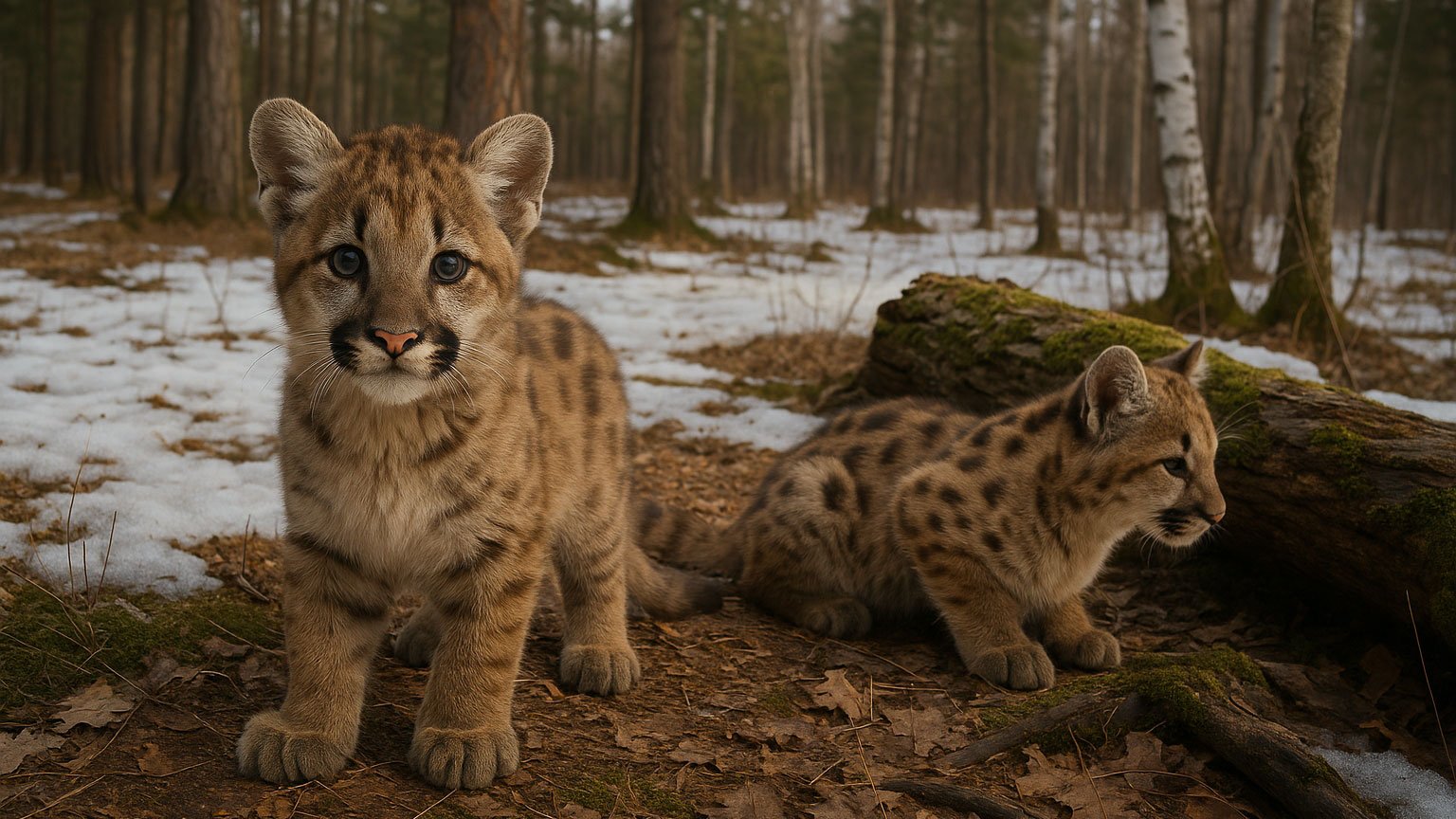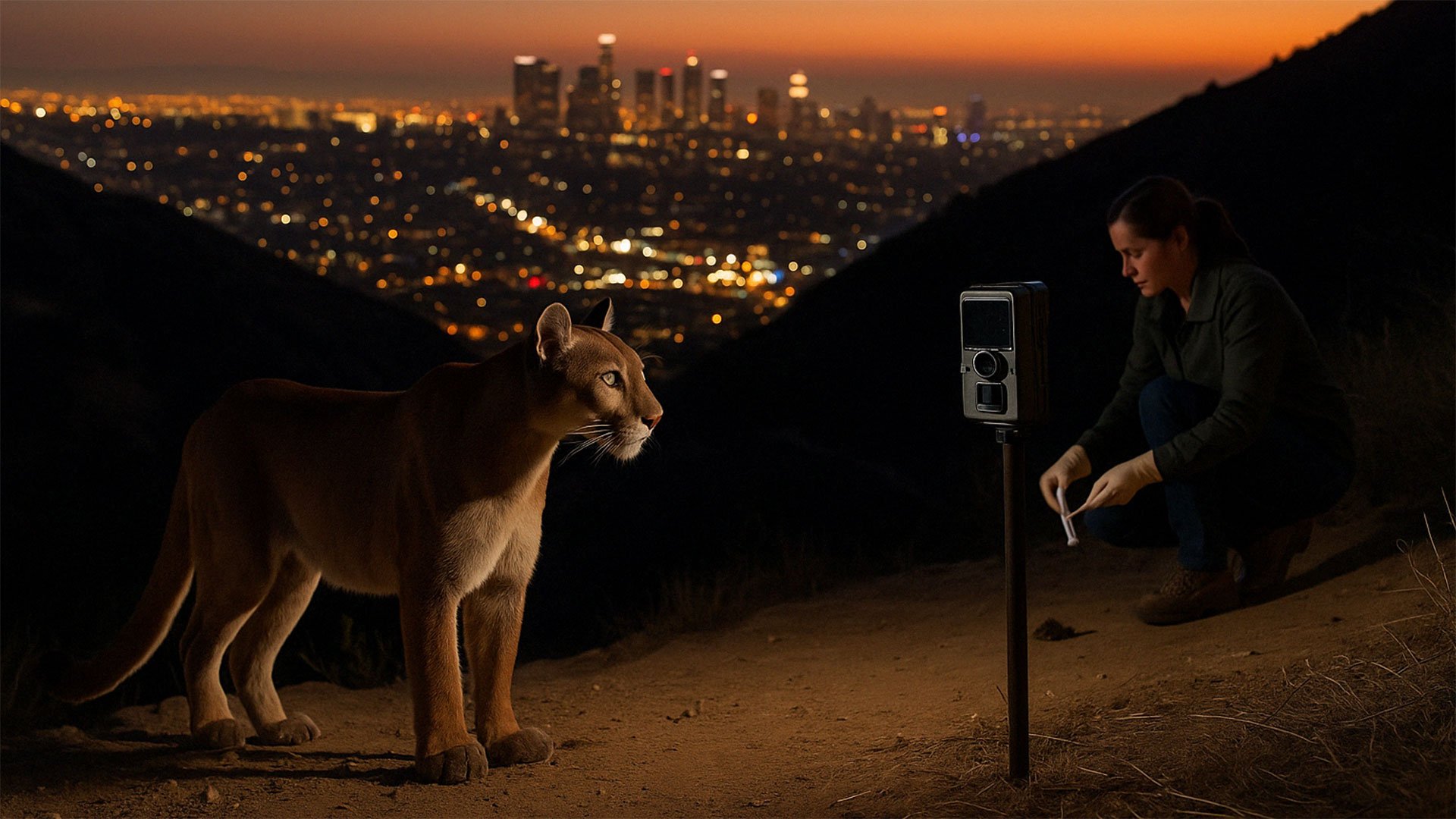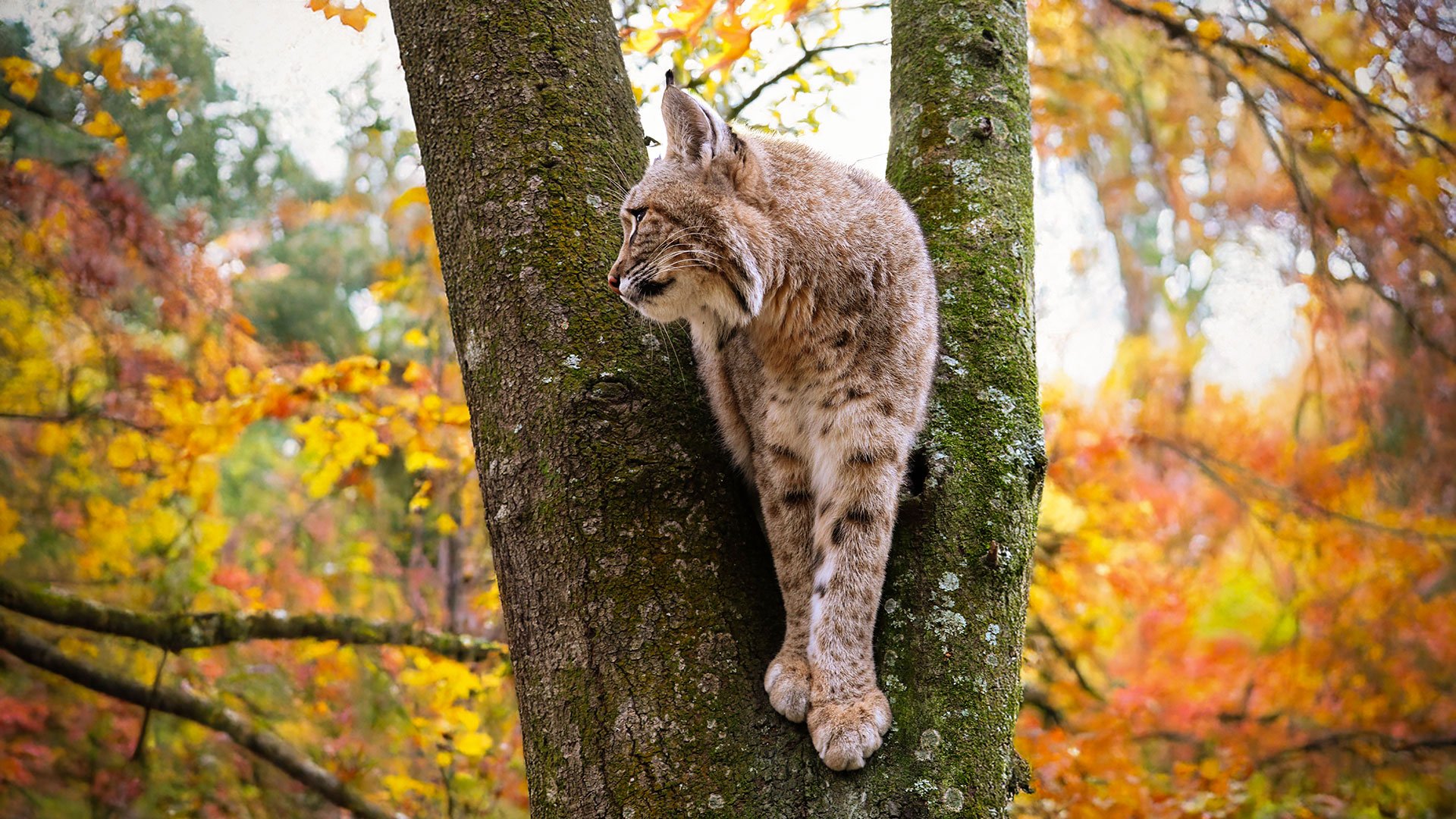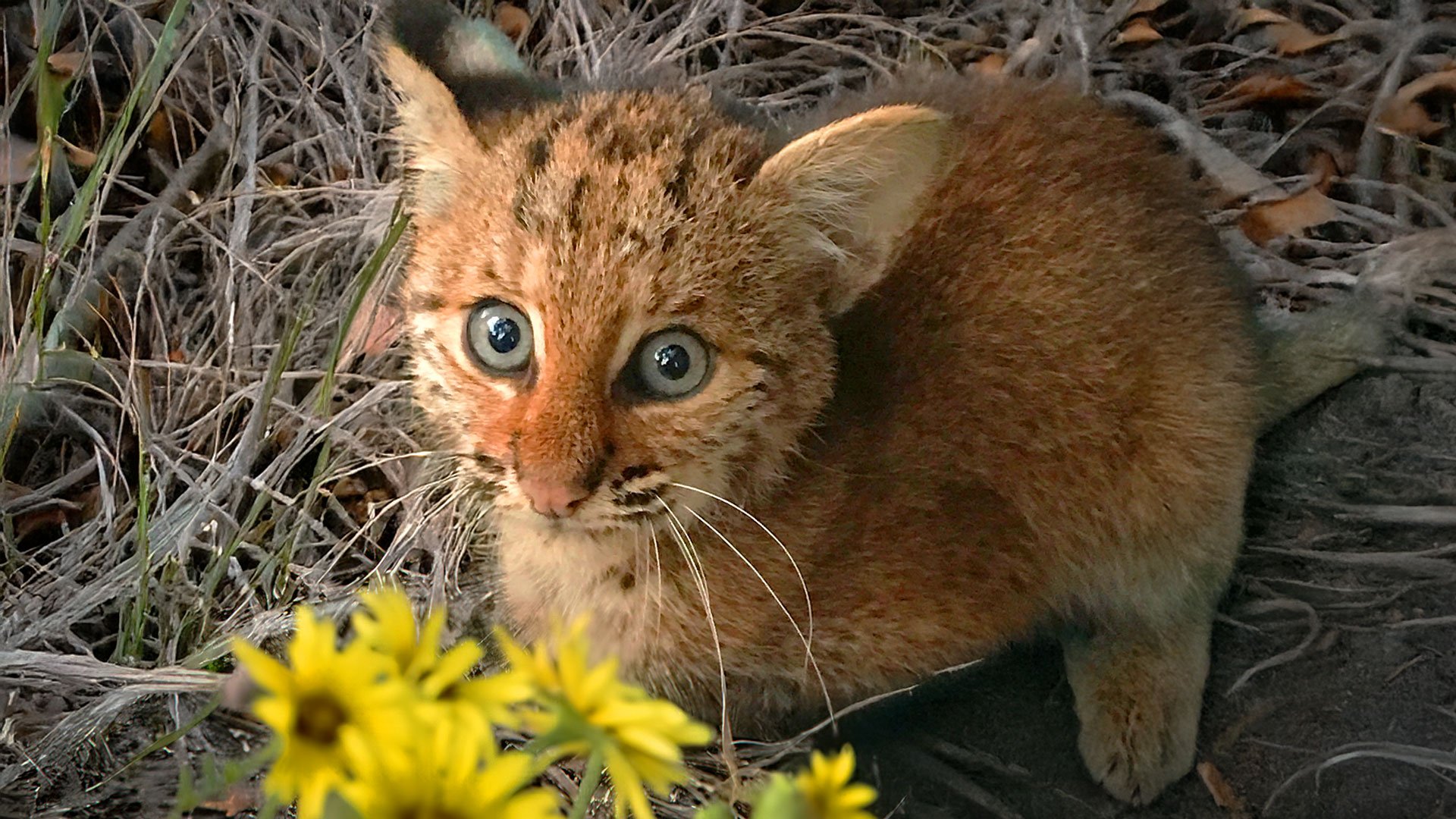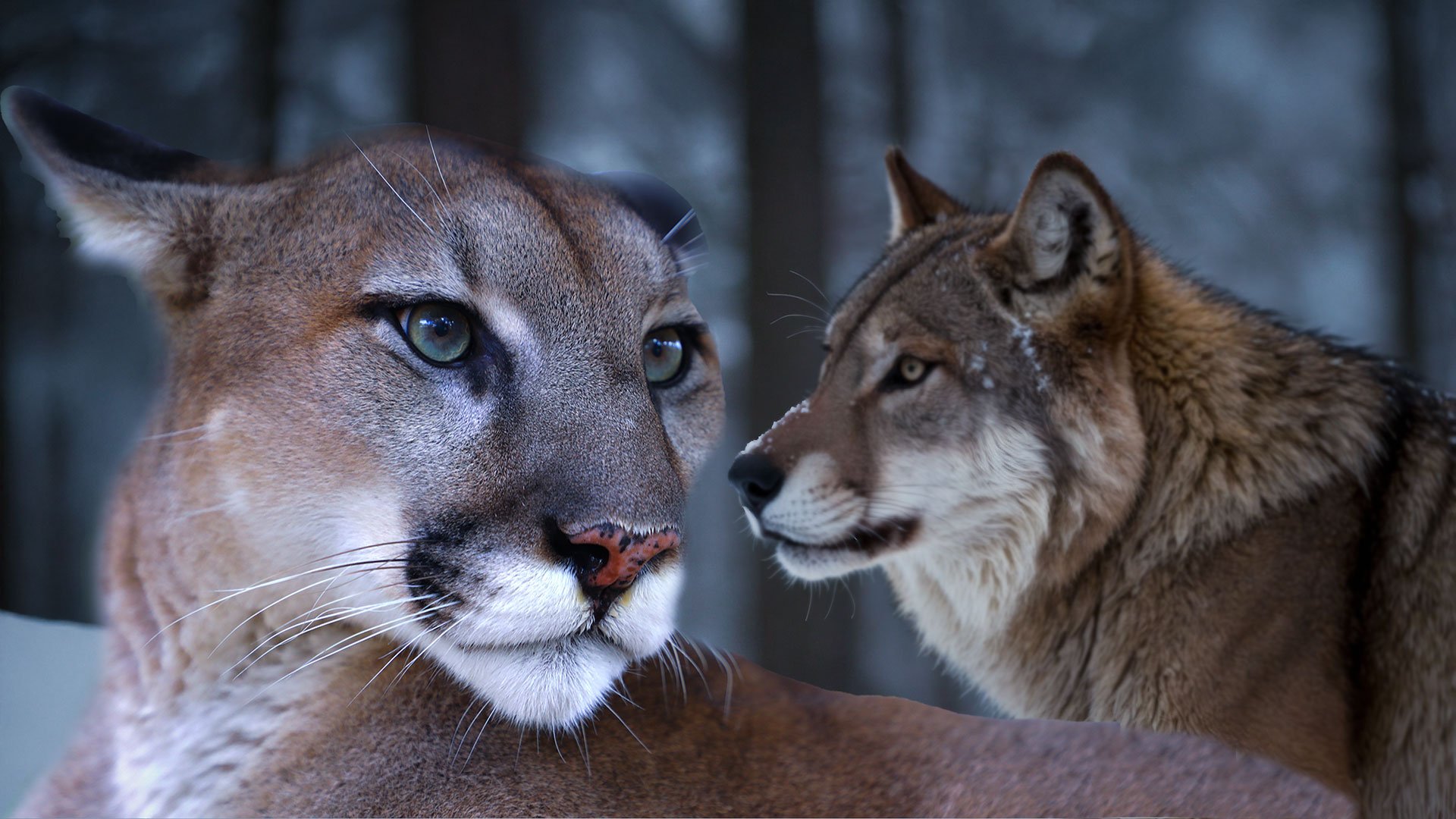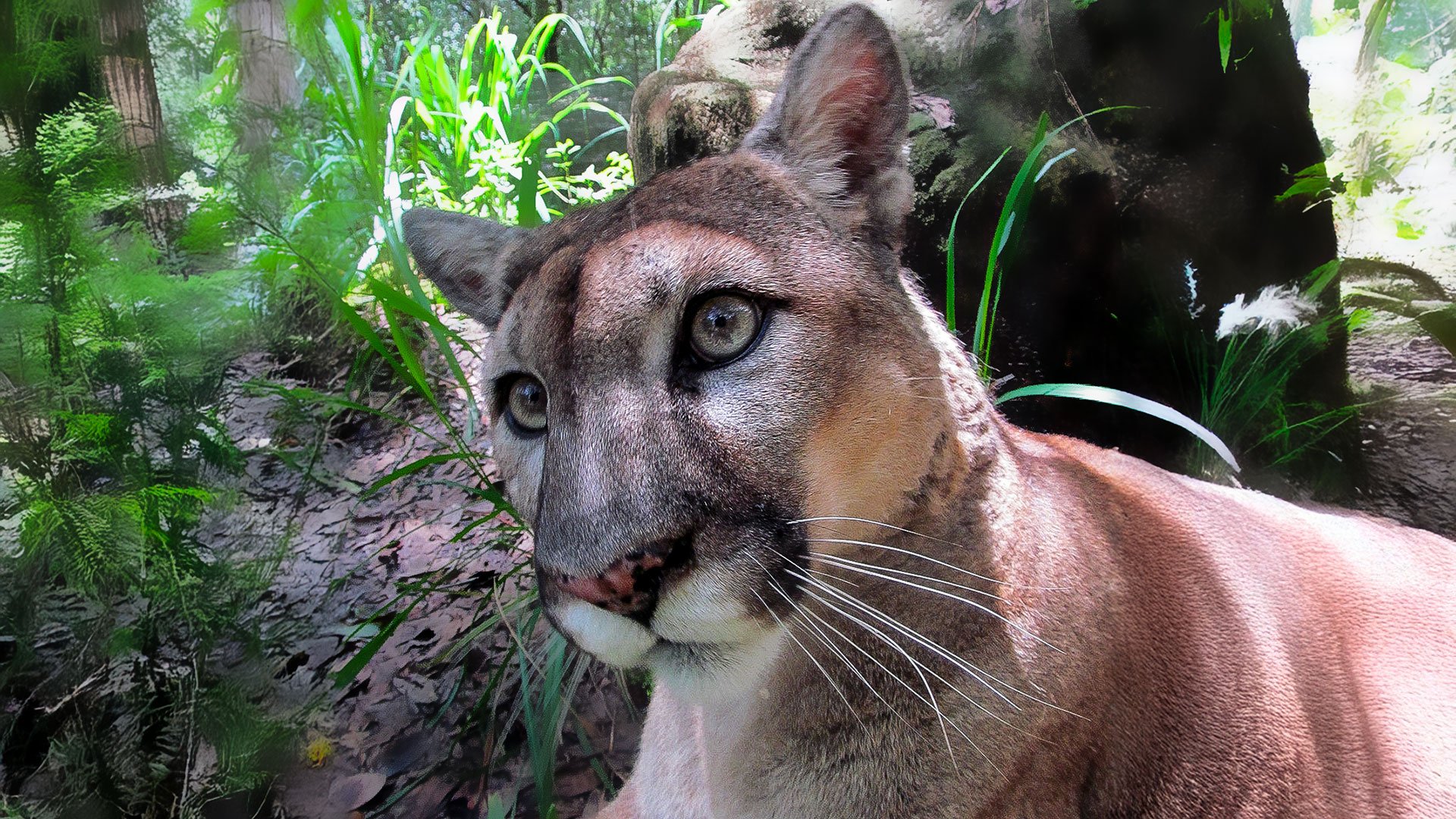Whiskers at the Edge: Learning to Live in Harmony with Wild Cats
At the edge of our cities—where paved roads crumble into forest trails and cul-de-sacs back into canyons—a quiet, ancient presence lingers. You might not see them often, but they are there: bobcats slinking silently through backyards, mountain lions padding through dry riverbeds, both just trying to survive in the only home they’ve ever known.
These aren’t invaders. They are residents—of the hills, the brush, and increasingly, of our neighborhoods. As humans expand into once-untouched wilderness, wild cats are adapting in real time, but it’s our responsibility to adapt too.
The Urban Edge: Where We Meet the Wild
The Felidae Conservation Fund (one of Big Cat Rescue’s conservation partners) calls it the “urban edge”—those expanding suburban and rural zones that blur into wildlife territory. As cities sprawl, these zones become collision points between people and predators. But it doesn’t have to be a conflict.
Wild cats like bobcats and mountain lions (also known as pumas or cougars) aren’t inherently dangerous. In fact, they’re remarkably shy, elusive, and cautious around humans. Their territories stretch vast distances—sometimes up to 150 miles—and often overlap with the communities we've built. When we spot them, it isn’t because they’re hunting us. It’s usually because they’re following prey like deer or raccoons, or perhaps seeking water from a pet’s bowl left on a porch.
The truth? You are more likely to be killed by falling airplane parts than attacked by a mountain lion.
Still, coexistence requires awareness and responsibility.
When Paths Cross: How to Stay Safe
If you hike, bike, or run near wilderness, especially during dusk or dawn, the golden rule is vigilance. Make noise. Leave the earbuds at home. Keep kids and pets close. Carry deterrents like pepper spray. And above all—never approach a wild cat, especially if you see a kitten. That “adorable baby” likely has a fiercely protective mother nearby.
If you encounter a mountain lion or bobcat in your neighborhood, remain calm. These aren’t bloodthirsty beasts—they’re cautious and calculated. If they seem agitated, they may be protecting young or are simply checking their territory. Give them space. Never approach a carcass, which could be a food source they’re guarding.
And please—don’t believe the hype. These animals don’t eat people. They eat deer, rabbits, rodents, and even raccoons. They are part of a healthy ecosystem, and their presence is proof that your area still retains some wild integrity.
Lions and Livestock: A Fragile Balance
For ranchers and homesteaders, coexisting with wild cats comes with unique challenges. When livestock replace natural prey on the landscape, wild cats may see an opportunity. Sadly, this can lead to retaliation killings. And every wild cat lost is another step toward ecosystem imbalance.
But there are proven strategies to prevent livestock loss without harming wild cats:
Secure nighttime enclosures: Wild cats hunt at night. Sturdy, roofed pens can make a world of difference.
Use deterrents: Motion-sensor lights, alarms, and water sprayers like “The Scarecrow” have all shown promise.
Guard animals: Breeds like the Anatolian Shepherd or Great Pyrenees, when raised properly, offer strong protection.
Rotate grazing and coordinate birthing seasons: Letting pastures rest and aligning livestock births with those of native prey helps reduce temptation.
Erect fences—smartly: Mountain lions can leap 22 feet! Fences should be high, preferably electric, and used in tandem with other tactics. Avoid obstructing wildlife corridors by focusing fencing around smaller areas.
The Felidae Conservation Fund stresses one essential truth: eradicating wild cats is not the answer. When we eliminate them, we unravel the delicate threads of biodiversity that sustain everything—from forests to freshwater.
A Call to Action
Wild cats don’t just belong in remote mountains or on wildlife documentaries. They belong here—living quietly beside us. They regulate prey populations, support biodiversity, and remind us that we’re still part of something wilder and older than shopping centers and freeways.
Living alongside wild cats means accepting that nature doesn’t end at our doorstep. It means taking responsibility for our impact, learning to adapt, and teaching others that coexistence isn’t just possible—it’s necessary.
At Big Cat Rescue, we’ve long believed that conservation starts at home. Whether you volunteer a few hours a month, install a trail cam, or just choose not to panic when a bobcat strolls by, you are part of the solution.
Together, we can write a better story—one where the eyes glowing at the edge of our neighborhoods are seen not as threats, but as reminders of what still survives and what’s still worth protecting.
💚 Support coexistence. Support conservation. Support wild cats.
Read More: https://felidaefund.org/learn/living-alongside-wild-cats
